Article
Vyslova A.D. (2018) Risks of drug-based deviant adaptation and prevention in adolescents. National Psychological Journal, 11(2), 102–112
Abstract
Background. The relevance of the study is fueled by the emergence of new types of narcotic drugs and psychotropic substances, “rejuvenation” of children and adolescents who use drugs. The reference literature does not provide the information about those facts that narcotic substances contribute to maladjustment and trigger deviant behavior.
The Objective is to study the risk factors for deviant adaptation associated with drug abuse, the role of information on drugs and drug addicts in choosing a solution “for” or “against” using narcotic substances.
Design. A special questionnaire of 27 questions was developed. The questionnaire was aimed at finding out the level of knowledge about drugs, drug addiction and drug addicts before the first test. The frequency of drug use that could cause addiction was identified. The possibility of quitting using drugs, the presence of addicts in the social environment and their attitude to them on a temporary interval between the first use and the beginning of drug use were analysed. The sample included 34 active drug addicts at the age of 20-29 years, who are registered as drug addicts in Nalchik, Kabardino-Balkaria.
Research Results. The data analysis makes it possible to document the characteristics of drug addiction in those who have experience in drug use. The answers of active drug addicts and ordinary adolescents revealed their heterogeneity. The data obtained show the main factors that influence the heterogeneity are the age factor and the factor of ignorance.
Conclusion. The research results show the availability and relevance of information on drugs obtained from information sources, peers and adults, advertising the safety of small doses and “light” drugs. There are only superficial representations of drug addicts about drugs and their dangers prior to their consumption in adolescents. This allows to make a conclusion about the lack of systemic prevention of drug addiction in adolescents.
Accepted: 04/27/2018
Pages: 102-112
DOI: 10.11621/npj.2018.0211
PDF: Download
Keywords: deviant adaptation; deviant behaviour; drug addiction; drugs; adolescents; drug information; prevention;
Available Online 01.08.2018
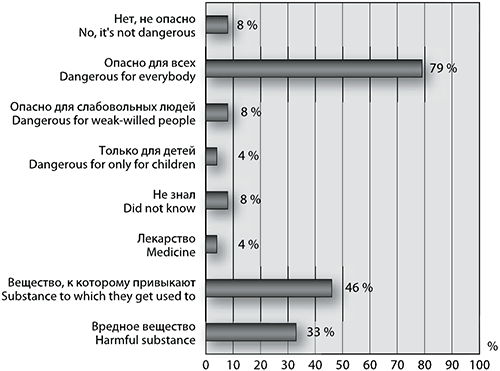
Fig. 1. Awareness of the drug dangers in adolescents involved in drug taking
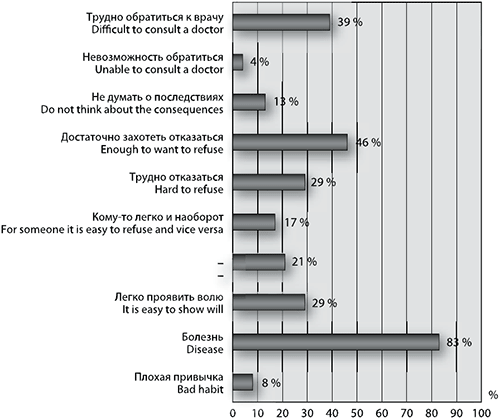
Fig. 2. Awareness of drug addiction and assessment of possible solution
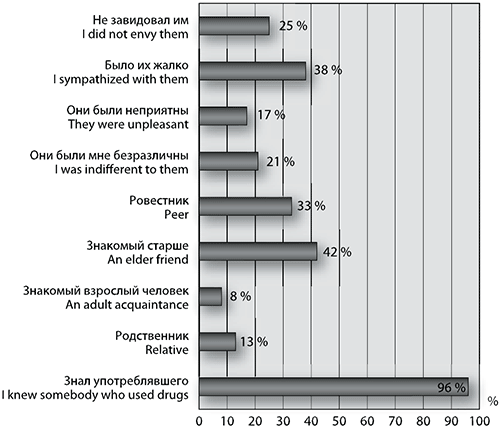
Fig. 3. Drug addicts in the immediate environment and attitude to them
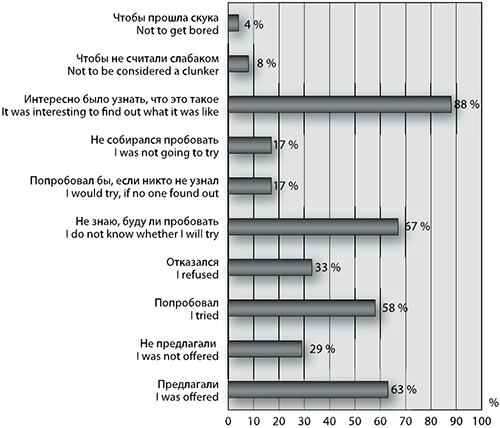
Fig. 4. Risks of drug addiction
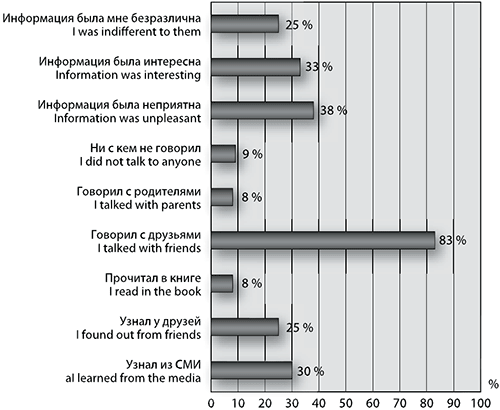
Fig. 5. Sources of drugs and reaction to them
References:
Adolescent addict. Retrieved from: http://vitaportal.ru/zavisimosti/3-5-let-srok-zhizni-podrostka-narkomana.html (accessed: 20.03.2018).
Burmenskaya, G.V., Zakharova, E.I., Karabanova, O.A., & Liders A.G. (Eds.) (2002) Age-psychological approach in counseling children and adolescents: manual for higher school. Moscow, Izdatel’skiy Tsenter «Akademiya», 416.
Baldeh, F.S., & Binka J. (1988) Drug misuse and abuse trends in the Gambia. Alcohol, Drugs and Tobacco: Prev.and Contr. / Real. ADN Aspirat.: Proc. 35th Int. Congr. Ale. and Drug Depend. Oslo, 31 July 6 Aug., 34.
Blume, Sh.B. (1989) Dual diagnosis: Psychoactive substance dependence and the personality disorders. J. Psychoact. Drugs, 21(2), 139–144. doi: 10.1080/02791072.1989.10472153
Boys, A., Marsden J., & Strang J. (2001) Understanding reasons for drug use amongst young people: a functional perspective. Health. Educ. Res., 16 (4), 457–469. doi: 10.1093/her/16.4.457
Bratus, B.S. (1988) The Anomalies of the individual. Moscow, Mysl’, 301.
Brook, J.S., Nomura, C., & Cohen, P. (1989) A network of influences on adolescent drug involvement: Neighborhood, school, peer, and family. Genet. Soc. and Gen. Psychol. Monogr, 115(1), 123–145.
Drug control. RIA Novosti 11. 04. 2013. Retrieved from: http://urist-edu.ru/akts/41112/index.html (accessed: 20.03.2018).
Drug prevention must be coordinated. Retrieved from: http://www.kspkbr.ru/index.php/vse-novosti-kbr/854-profilaktika-narkomanii-dolzhna-byt-skoordinirovannoj-i-sistemnoj-segodnya-yurij-kokov-provel-zasedanie-antinarkoticheskoj-komissii-kbr (accessed: 20.03.2018).
Drug trafficking is a threat to Russia’s national security. Retrieved from: http://centerpolit.ru/content.php?id=62 (accessed: 20.03.2018).
Elkonin, D.B. (2007) Child psychology: manual for higher school. Moscow, Akademiya, 384.
Enikolopov, S.N. (1999) Psychology of deviant behavior: manual. Moscow, Akademiya, 219.
FDCS: Russia spends 96 billion a year on struggling drug trafficking. Retrieved from: https://ria.ru/economy/20141201/1035995999.html (accessed: 23.04.2018).
Feigelman, W., Hyman, M.M., Amann, K., & Feigelman, B. (1990) Correlates of persisting drug use among former youth multiple drug abuse patients. J. Psychoact. Drugs, 22(1), 63–75. doi: 10.1080/02791072.1990.10472198
Feldstein, D.I. (2012) Psychological and pedagogical science as a resource for the development of modern society. [Mir obrazovaniya – obrazovanie v mire], 1, 3–19.
Fetro, J.V., Coyle, K.K., & Pham, P. (2001) Health risk behaviors among middle school students in a large majority-minority school district. J. Sch. Health. Jan., 71(1), 30–37. doi: 10.1111/j.1746-1561.2001.tb06486.x
Gerardo, M. Gonzalez. Drug Education in Bolivian Schools: a Feasibility Study for Cross-Cultural Application of a Preventive Curricular Unit (1995) International review of education, 41(6), 439–459. doi: 10.1007/BF01263140
Gilinsky, Ya. (2004) Deviantology: Sociology of crime, drugs, prostitution, suicide and other «deviations». SPb., 520.
Harre, R. (1997) The orthogenetic approach: Theory and practice. Experimental social psychology. NY.; L., 10, 283–314.
In the UFSKN of Russia in Kabardino-Balkar Republic summed up the work for the 1st quarter of 2015. Retrieved from: http://07.fskn.gov.ru/index.php?limitstart=22 (accessed: 20.03.2018).
Johnson, S., Leonard, K.E., & Jakob, T. (1989) Drinking styles and drug use in children of alcoholics, depressives and controls. J. Stud. Alcohol, 50(5), 427–431. doi: 10.15288/jsa.1989.50.427
Jyson, Harriet (1999) A Load off the Teachers’ Backs. Coordinated School Health Programs. Phi Delta Kappan, 80(5), 1–8.
Kabardino-Balkaria: plans to create a rehabilitation center for drug addicts. Retrieved from: http://www.kapital-rus.ru/index.php/news/218260/ (accessed: 20.03.2018).
Karabanova, O.A. (2014) Disharmonically parent-child relationship as a risk factor for deviant behavior of the personality. [Vestnik Moskovskogo Universiteta MVD Rossii], 12, 295–300.
Kon, I.S. (1989) Psychology of early adolescence. Moscow, Prosveshchenie, 255.
Konovalov, I. N. (2011) Strategy of the state anti-drug policy: ways of implementation. [Pravovaya politika i pravovaya zhizn’], 2, 138. Retrieved from: http://xn--80af5bzc.xn--p1ai/documents/pppg/files/pppg-02-2011.pdf (accessed: 20.03.2018).
Lee, J. (1996) TACADE: educating for health. Manchester, 21.
Lichko, A.E., & Bitensky, V.S. (1991) Teenage narcology: teacher’s book. L., Medicine, 304.
Life skills training (1989) Promoting health and personal development. Teachers manual.
Shichko Method. Retrieved from: http://naltrim.ucoz.ru/index/metod_shichko/0-17 (accessed: 13.04.2018).
Nurco, D.N., & Balter, M.B. (1990) A plan aimed at the prevention and treatment of drug dependence. Drug and Alc. Depend, 50, 193–197. doi: 10.1016/0376-8716(90)90063-K
Obukhova, L.F. (2006) Age psychology: textbook for universities. Moscow, Vysshee obrazovanie; MGPPU, 460.
Bauman, K.E., & Ennet, S.T. (1966) On the importance for the adolescent drug use: commonly neglected considerations. Addictions.
Pascale, Sternin & Sternin (2010) The Power of Positive Deviance: How Unlikely Innovators Solve the World’s Toughest Problems, Harvard Business Press. Print, 231.
Perry, C.L. (1987) Results of prevention programs with adolescents. Drug and Alc. Depend, 20(1), 13–19. doi: 10.1016/0376-8716(87)90071-8
Positive Deviance Initiative. Retrieved from http://www.positivedeviance.org. Date of use: 20.04.2018.
Rean, A.A. (2001) Practical psychodiagnostics personality. St. Petersburg, Izdatel’stvo St. Petersburgskogo universiteta, 219–220.
Rean, A.A. (2015) Risk Factors of deviant behavior: family context. National Psychological Journal, 4, 105–110. doi: 10.11621/npj.2015.0410
Rean, A.A. (2008) Psychology of a teenager. SPb: Izdatel’stvo «Prime -Eurosign».
Scarpitti, F., & Datesman, S. (1980) Drugs and the Youth Culture. London.
Shichko Method. Retrieved from: http://naltrim.ucoz.ru/index/metod_shichko/0-17 (accessed: 13.04.2018).
Schneider, L.B. (2005) Deviant behavior of children and adolescents. Moscow, Akademicheskiy proekt, 366.
Shocking statistics of Russian drug addiction. Retrieved from: http://www.romashkovo.org/lechenie-narkomanii/shokiruyushaya-statistika-rossiyskoy-narkomanii/ (accessed: 20.03.2018).
Sobkin, V.S., & Mkrtychyan, A.A. (2015) the Role of social cultural factors in shaping attitudes to extremism in students of Moscow and Riga. National Psychological Journal, 2, 32–40. doi: 10.11621/npj.2015.0206
Sobkin, V.S., Abrosimova, Z.B., Adamchuk, D.V., & Baranova, E.V. (2004) Manifestations of deviation in the adolescent subculture [Voprosy psikhologii], 3, 3–19.
Sobkin, V.S., Abrosimova, Z.B., Adamchuk, D.V., & Baranova, E.V. (2005) Adolescent: norms, risks, deviations. Moscow, Tsentr sotsiologii obrazovaniya RAO, 359 (proceedings of the sociology of education; 10(17). Retrieved from: http://psychlib.ru/inc/absid.php?absid=22374 (accessed: 20. 04.2018).
Speech by V.P. Ivanov at the session of the «Pompidou Group» Ministerial conference, November 3, 2010. Retrieved from: http://narkotiki.ru/5_6852.htm (accessed: 20.03.2018).
Sternin, J., & Choo, R. (2000) The power of positive deviancy. Harvard Business Review, January-February, 14–15.
Strategy of the state anti-drug policy of the Russian Federation until 2020. Retrieved from: http://antinark.omskportal.ru/ru/public/sitelist/antinark/stratgap/PageContent/0/body_files/file/2010_06_09_Ukaz_Strategiya_GAP.pdf (accessed: 20.03.2018).
The CBI is making the base of drug treatment patients. Retrieved from: http://kbrria.ru/obshchestvo/v-kbr-formiruetsya-baza narkologicheskih-bolnyh-6983 (accessed: 20.03.2018).
Tkhostov, A.Sh. (2017) Possibilities and prospects of social psychopathology. [Vestnik Moskovskogo universiteta]. Series 14. Psychology, 1, 36–50.
Vislova, A. D. (2009) Models of developing and preventing drug-dependent behaviour. Nalchik, GP CBD PKK, 208.
Vislova, A. D. (2001) Psychological, pedagogical and social aspects of development and prevention of drug addiction in children and adolescents: Ph.D. in Psychology, Thesis. [MGU im. Lomonosova], Moscow, 168.
Vygotsky, L.S. (1984) The problem of age. Moscow, Vol. 4, 87.
Wenter, D.L., Ennett, S.T., Ribisl, K.M., Vincus, A.A., Rohrbach, L., Ringwalt, C.L., & Jones, S.M. (2002) Comprehensiveness of substance use prevention programs in U.S. middle schools. J. Adolesc. Health. Jun, 30(6), 455–462. doi: 10.1016/S1054-139X(02)00346-4
Westman, W. (1970) The drug epidemic: what it mean and how to combat it. Dial Press, 239.
What is the method of Shichko. Retrieved from: http://evolkov.net/addiction/articles/Psych.phys.basics.of.Shichko.method.html (accessed: 12. 04. 2018).
Wragg, J. (1984) Ideas for drug and alcohol education for students in years 5–8. N.S.W.
Zmanovskaya, E.V. (2008) Deviantology: (Psychology of deviant behavior): manul for higher school. Moscow, Akademiya, 288. Retrieved from: http://dic.academic.ru/dic.nsf/dic_synonims/218508.%20 (accessed: 20.03.2018).For citing this article:
Vyslova A.D. (2018) Risks of drug-based deviant adaptation and prevention in adolescents. National Psychological Journal, 11(2), 102–112


